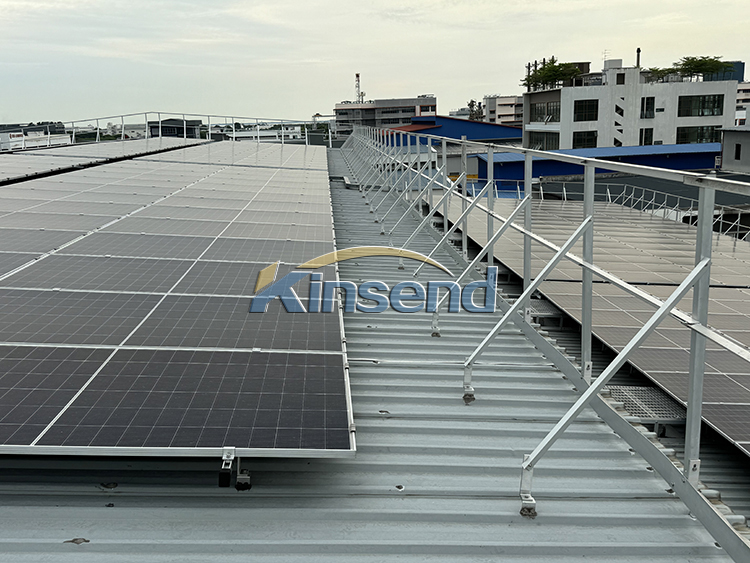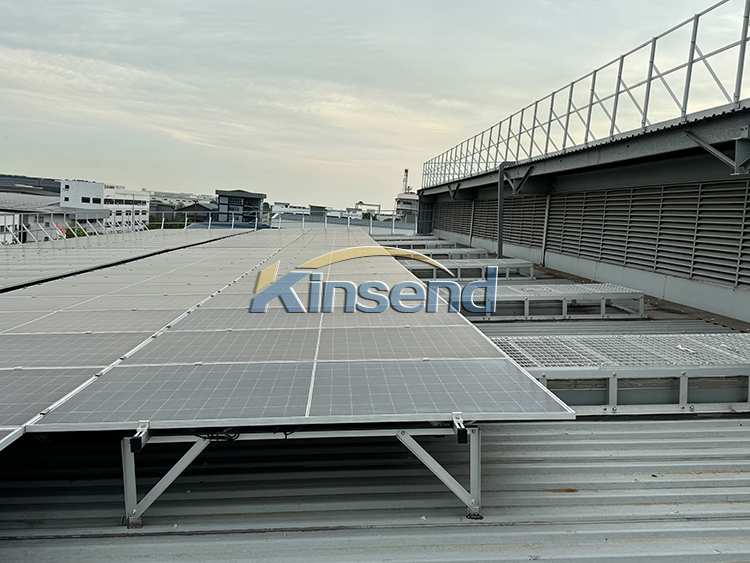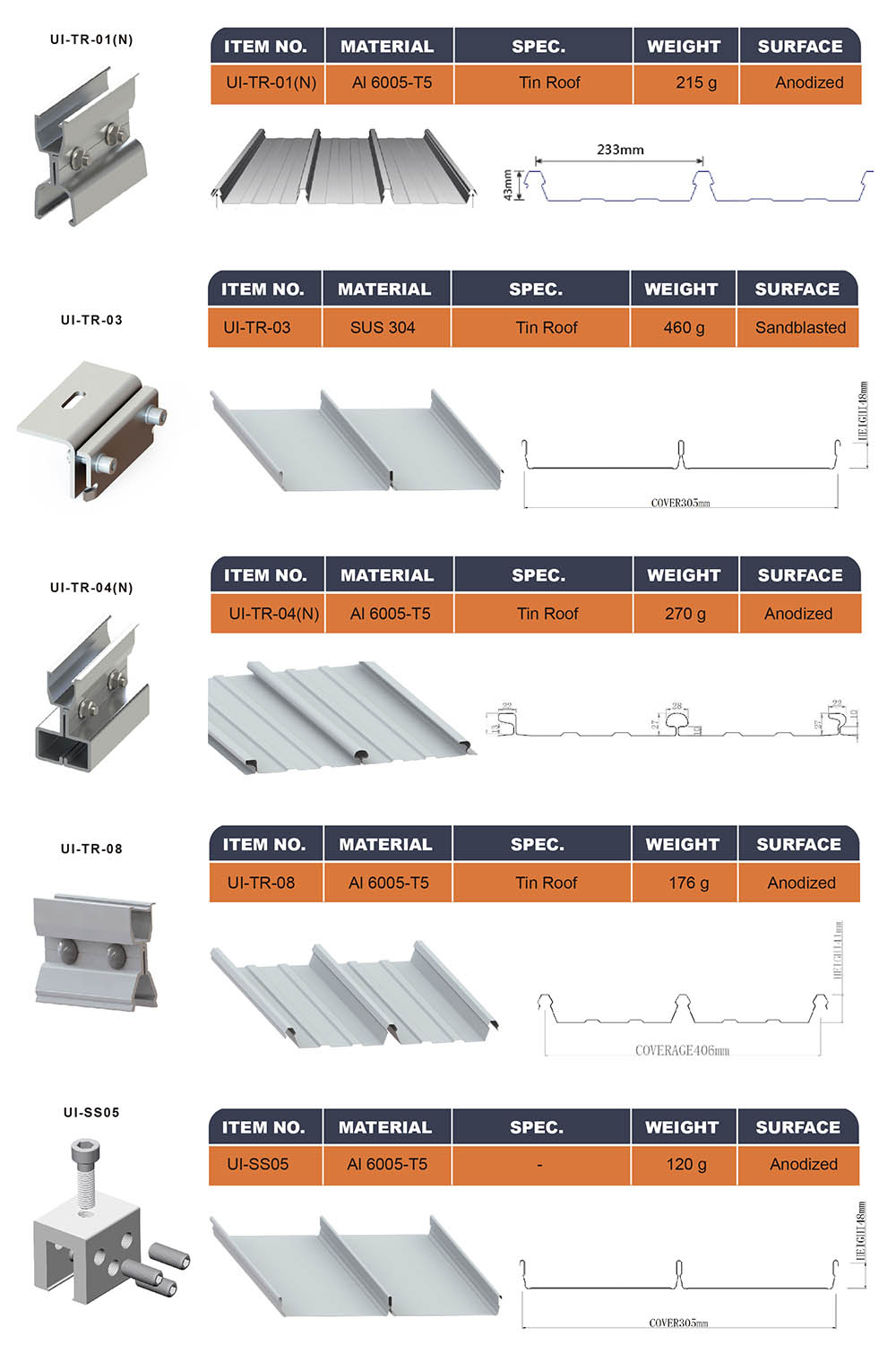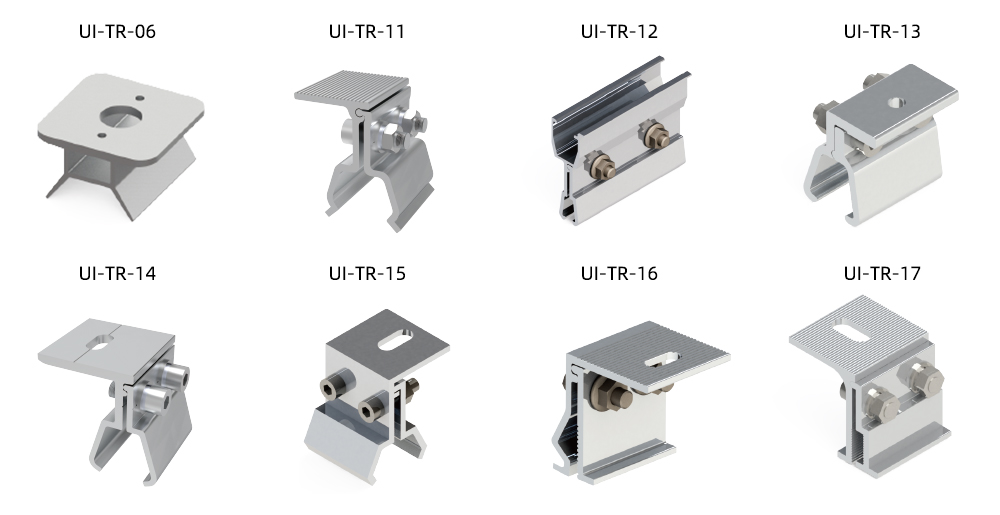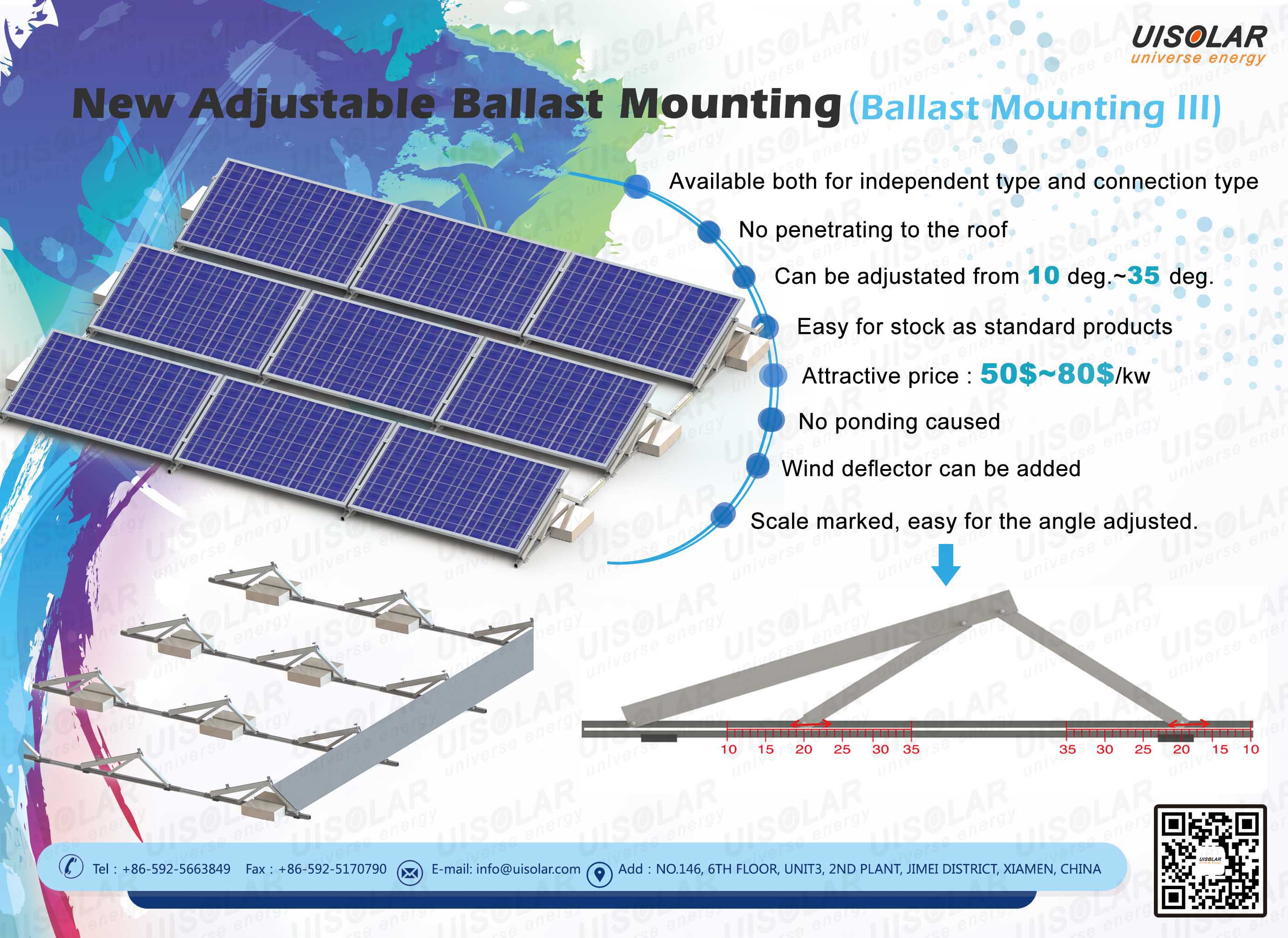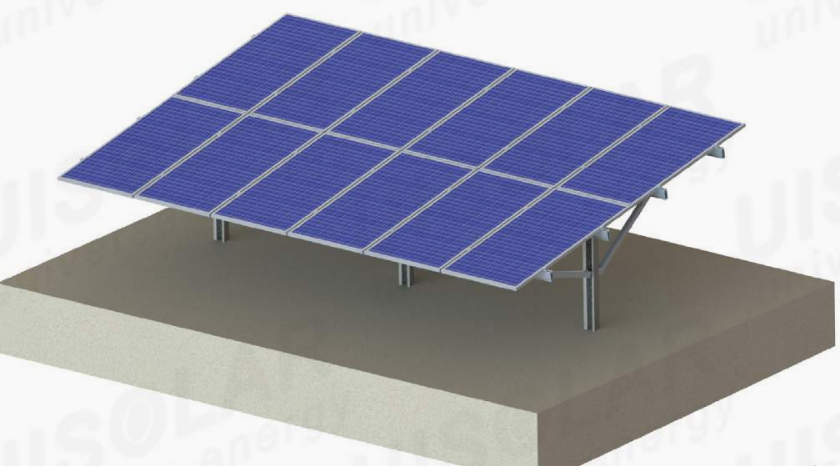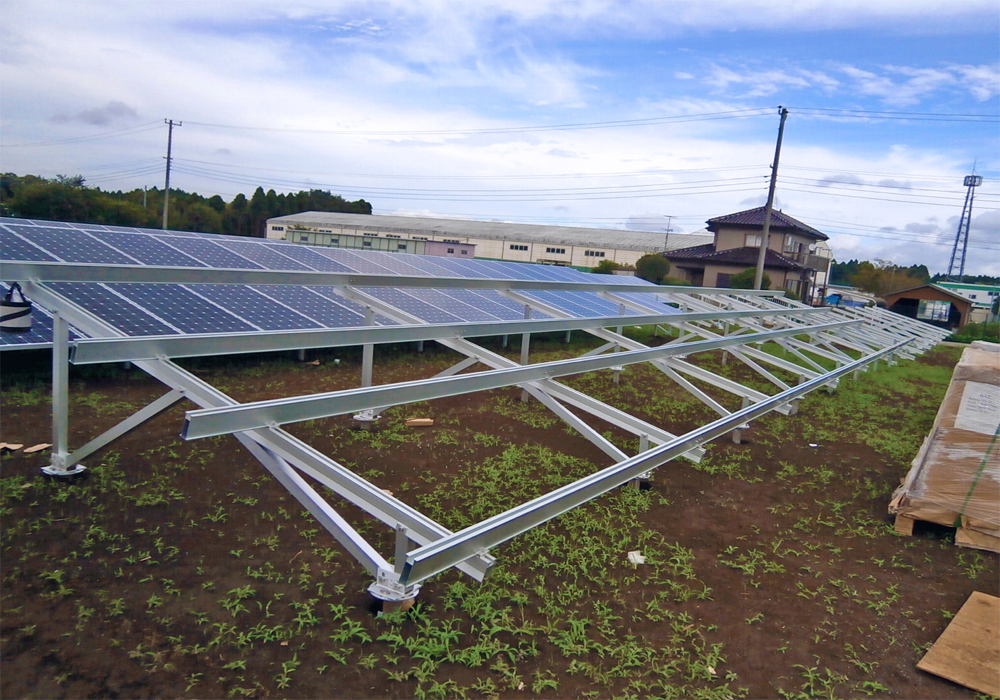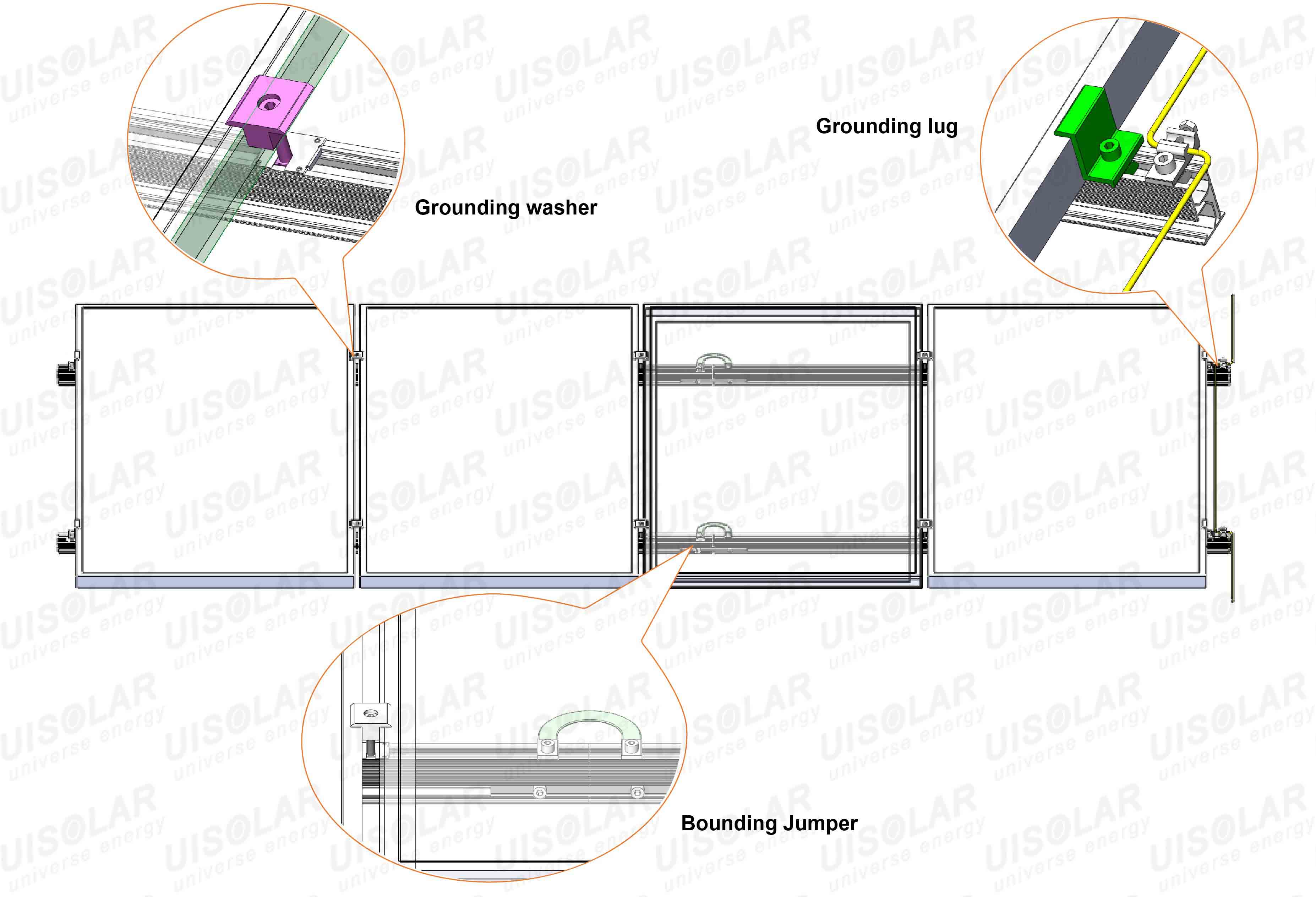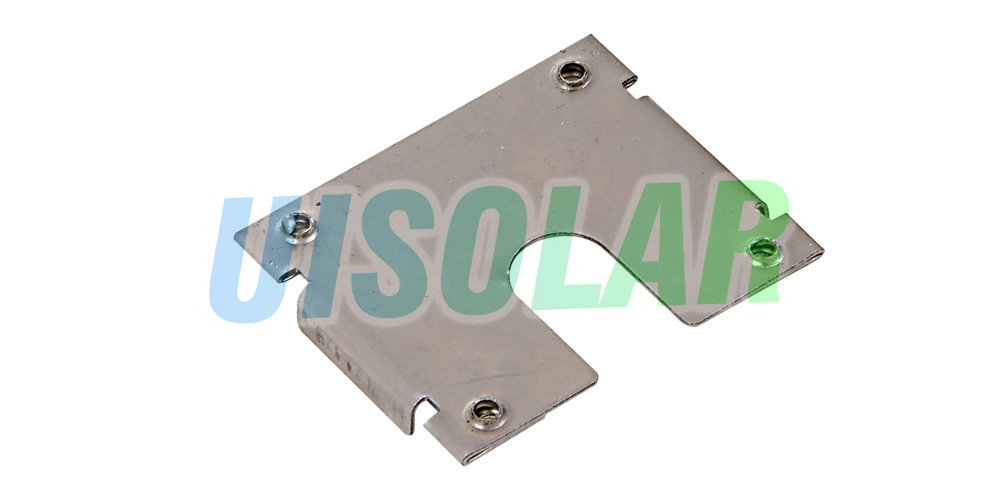Proton Exchange Membrane (PEM) electrolysis technology has become one of the mainstream methods due to its high efficiency, large current density, wide temperature adaptability, and fast response speed. Although most research focuses on PEM electrolyzer demonstration, development of new catalysts, or improvements in proton exchange membranes, system and feedwater optimization remain critical challenges. Therefore, this study emphasizes the impact of water quality parameters—including pH, Total Dissolved Solids (TDS), and conductivity—on the energy consumption of PEM electrolyzers to optimize hydrogen production. These parameters are often interrelated and influence electrolysis performance.
The working principle of a PEM electrolyzer involves the electrochemical decomposition of water into hydrogen and oxygen at the electrodes. Since water is the primary reaction medium, its quality directly affects electrolysis efficiency and energy consumption. Key water quality factors include pH, TDS, and conductivity. For example, pH can alter the oxygen reduction reaction potential, thereby affecting energy consumption, but extreme pH levels may cause membrane degradation. Low conductivity may help reduce energy consumption, but excessively high conductivity can damage the membrane. TDS is related to water conductivity and may cause scaling issues. The American Society for Testing and Materials (ASTM) recommends using Type I deionized water (total organic carbon <50 ppb, resistivity >1 MΩ·cm, sodium and chlorine <5 µg/L). However, actual water sources often contain impurities, increasing purification costs. Studies show that no hydrogen is produced when TDS is zero, while high TDS levels (0–2000 ppm) help increase production.
1. Impact of pH on Gas Production and Energy Consumption
The efficiency of PEM water electrolysis for hydrogen production (including gas production and energy consumption) is closely related to the pH of the electrolyte. The core requirement is that the pH must remain within the "optimal range" designed for the electrolysis system. Deviation from this range (too acidic or too alkaline) will significantly reduce system performance. Overly acidic or alkaline environments can shift catalysts away from their optimal working conditions, reduce their chemical activity, or even cause structural damage, leading to slower hydrogen evolution reaction (HER) and oxygen evolution reaction (OER) rates. Additionally, extreme pH conditions can affect the hydration state and chemical stability of the proton exchange membrane (PEM), hindering efficient H⁺ transport and causing "supply interruptions" of reactants. An overly acidic environment may corrode electrodes and lead to deposits covering active sites, while an overly alkaline environment may cause impurity precipitation, not only increasing wasted energy consumption but also further inhibiting gas generation, resulting in reduced gas production.
2. Impact of Total Dissolved Solids (TDS) on Gas Production and Energy Consumption
TDS refers to the total concentration of inorganic and organic substances dissolved in water and is a key indicator for assessing water quality. Gas production increases with higher TDS concentrations, as high TDS may act as a catalyst to promote hydrogen formation. Conversely, low TDS levels result in limited gas production, and no hydrogen is produced when TDS is zero.
TDS significantly impacts energy consumption. High TDS increases water conductivity but raises the voltage of the electrolyzer, leading to higher energy consumption. Simultaneously, TDS may cause scaling on electrodes or membranes, reducing efficiency. To mitigate these effects, water treatment technologies (such as reverse osmosis or deionization) are recommended to reduce TDS and optimize energy consumption.
3. Impact of Conductivity on Gas Production
Conductivity is another important parameter reflecting the ion concentration in water. High conductivity can reduce the overpotential of the anode oxygen reduction reaction (OER), decreasing energy demand. However, excessively high conductivity increases the risk of membrane deterioration and pumping energy consumption.
4. Impact of Different Water Qualities on Energy Consumption
A comparison of the effects of seawater, well water, and deionized water on PEM electrolyzers:
• Seawater: High dissolved salts and minerals increase conductivity but also raise resistance, requiring higher voltage and leading to increased energy consumption.
• Well water: Fewer dissolved substances generally result in lower energy consumption than seawater, but the uncertainty in mineral composition poses challenges.
• Deionized water: Low conductivity reduces resistance and improves energy efficiency, but the lack of necessary ions requires cautious use based on system design.
5. Importance of Water Quality Management
PEM water electrolysis often focuses on the electrolyzer itself, yet auxiliary systems (BOP), particularly feedwater management, are equally critical. Optimizing water quality parameters (pH, TDS, conductivity) not only enhances efficiency and gas production but also extends equipment lifespan. Although the BOP for PEM systems is simpler than that of alkaline systems, controlling pure water quality remains a key factor in achieving efficient and stable operation.


